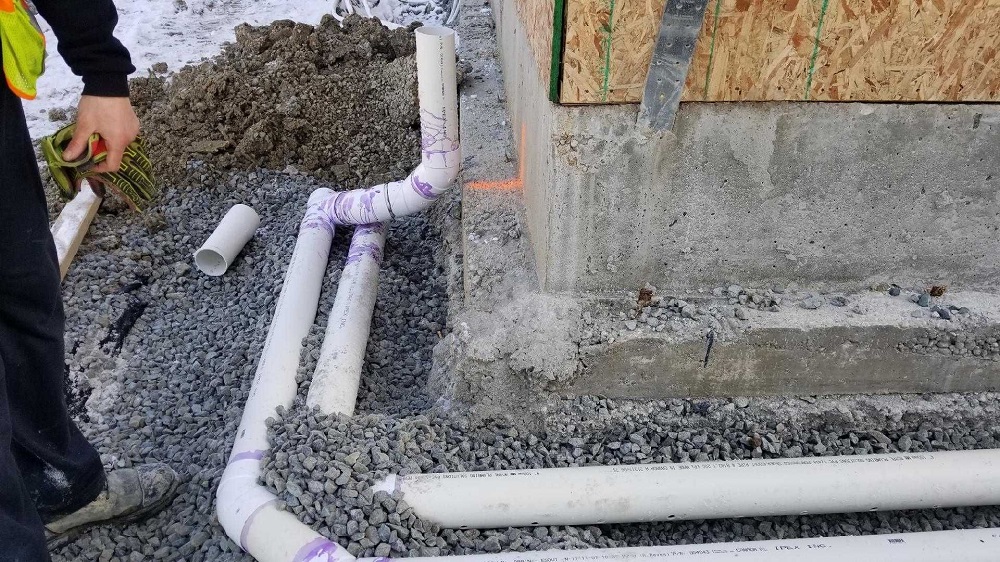Blocked drains can be a real headache, causing unpleasant odors and potential damage to your plumbing system. One effective method of clearing blocked drains is cleaning the drain through rodding.
Let us see what drain rodding is and how to clear your drains with rodding.
What Is Drain Rodding?
It is also called “drain snaking” or “drain augering” and uses a flexible rod to clear pipe blockages. The rod is inserted into the drain and maneuvered through the pipe until it reaches the blockage. It is removed by breaking it apart or pushing it through the line.
It is possible to do it yourself with the right tools and techniques. You should take care of some specific precautions like drain rodding is not done in pitched fibre drains. Professional plumbers do drain rodding with specific techniques and so nothing can beat their expertise!
Tools Required For Drain Rodding
Before clearing your drains with rodding, you’ll need to gather the necessary tools. These include:
- Drain Rods: These flexible rods can be screwed together to form a long rod that can reach deep into your drainpipes.
- Plunger: This creates suction that can help dislodge blockages.
- Drain Auger: This tool can be attached to the end of the drain rod to help break up stubborn blockages.
- Gloves And Protective Eyewear: Get good quality gear to protect your hands and eyes from debris and splashing water.
How To Clear Your Drains With Rodding
Clearing your drains with rodding is a straightforward process, but it does require some preparation and caution. Follow these steps to unclog your drains with rodding:
- Locate The Blockage: The first step is identifying where the backup is located. If you’re unsure, you can start by using a plunger to try and dislodge the blockage. If that doesn’t work, you must move on to drain rodding.
- Assemble The Drain Rods: Screw together the necessary number of drain rods to reach the blockage. Be sure to attach the drain auger if needed.
- Insert The Drain Rod: Carefully insert the drain rod into the drain until you reach the blockage. Avoid using excessive force to prevent damage to your pipes.
- Break Up The Blockage: Use the drain auger to break up the backup if necessary. Continue to work the rod back and forth until the blockage is cleared.
- Remove The Drain Rod: Once the blockage is cleared, carefully remove the drain rod from the drain. Be sure to clean and disinfect the rod before storing it.
- Test The Drain: Run water through it to ensure it flows freely. If the water is still draining slowly, you may need to repeat the process or call a professional plumber.
If you are still wondering what is drain rodding and how to clear your drains with rodding, consider hiring professionals!
Conclusion
Drain rodding is a simple and effective method of clearing blocked drains. You can remove your drains and avoid potential plumbing problems with the right tools and techniques. However, it’s essential to exercise caution when using drain rods to avoid damaging your pipes or causing injury. If you’re uncomfortable performing it yourself, don’t hesitate to call a professional plumber.








